
Minimalist Masterclass: Scandinavian vs Nordic Interior Design – What You Need to Know
Introduction to Scandinavian and Nordic Design
Scandinavian and Nordic design are terms often used interchangeably within the context of interior design, yet they embody distinct interpretations and cultural nuances. Both styles are rooted in the aesthetics and philosophies of the countries in Northern Europe, specifically Sweden, Denmark, Norway, Finland, and Iceland. These designs have gained substantial popularity around the globe, not just for their visual appeal, but also for their functionality, simplicity, and focus on sustainability.

Navigating the landscape of interior design can be complex due to the overlapping nature of Scandinavian and Nordic design. Many people mistakenly believe they represent the same concept; however, there are fundamental differences. Scandinavian design typically emphasizes minimalism and a clean, functional aesthetic. It often incorporates light hues, natural materials, and a strong connection to outdoor landscapes. On the other hand, Nordic design encompasses a broader geographical scope that includes a mix of cultural influences from all the Nordic countries, leading to a diverse array of styles, colors, and materials.
Crucially, both approaches prioritize functionality while fostering an emotional connection through the use of natural elements and organic shapes. Elements such as light, wood, and textiles feature prominently, yet the contextual inspirations often vary. Scandinavian design tends to focus on creating cozy, inviting environments known as “hygge”, while Nordic design can also involve bold experimentation with form and texture that reflect the unique attributes of each country. Recognizing these differences lays the groundwork for a deeper understanding of how each style contributes to contemporary interior design.
Geographical Origins: Understanding the Differences
The terms Scandinavian and Nordic are often used interchangeably in the context of design, particularly in interior design, yet they denote different geographical regions with specific countries. Scandinavia traditionally refers to three countries: Norway, Sweden, and Denmark. These nations share linguistic, cultural, and historical ties, which are evident in their aesthetic approaches to interior design. Scandinavian design is characterized by minimalism, functionality, and a strong connection to nature, often emerging from the landscapes and climate of these countries.
On the other hand, the Nordic countries encompass a broader region that includes Finland and Iceland in addition to the Scandinavian trio. This distinction is essential when discussing design principles, as Finnish design incorporates different influences, particularly from its unique cultural background and distinct landscape. For instance, the concept of “sisu” in Finnish culture has inspired design elements that prioritize strength and resilience, integrating these qualities into various interior design solutions. Meanwhile, Iceland’s designs often reflect its dramatic natural environment, incorporating raw materials that can withstand the country’s climate.
This geographical distinction is further complicated by historical interactions and exchanges among these countries, which have played a substantial role in shaping their respective design philosophies. For example, the influences from Viking history are visible within various elements of Nordic and Scandinavian design. Additionally, urbanization and modernization have brought contemporary influences into both regions, although the essence of Scandinavian and Nordic design remains grounded in their geographical origins.
Understanding these geographical differences is crucial for anyone interested in diving deep into the nuances of Scandinavian vs. Nordic interior design. The little nuances derived from each country’s heritage ultimately influence the functional and aesthetic properties that characterize each style.
Key Characteristics of Scandinavian Design
Scandinavian design is characterized by its distinct principles that emphasize minimalism, functionality, and a seamless integration of nature into interior spaces. A hallmark of this style is its commitment to simplicity, where clutter is minimized, and clean lines are prioritized. The focus on minimalism encourages a serene atmosphere, allowing spaces to feel open and inviting. This design movement thrives on the notion that less is more, showcasing only essential furniture pieces that blend aesthetics with utility.
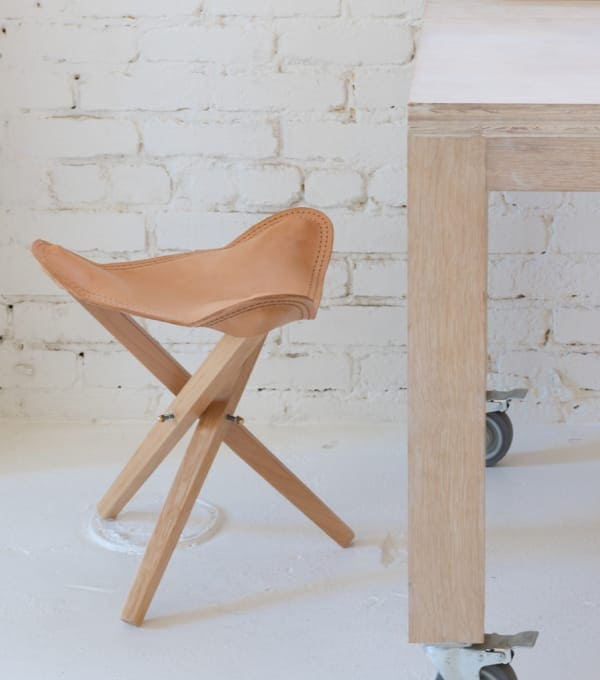
Another significant attribute of Scandinavian interior design is its functional approach. Every element is chosen not only for its beauty but also for its practicality. This is why you may find multi-functional furniture pieces that serve a dual purpose, such as a stylish coffee table that also provides storage space. The design aims to create homes that cater fully to the needs of their inhabitants without unnecessary embellishments. This means that Scandinavian interiors are often equipped with clever organizational solutions that enhance livability.
Natural light plays a central role in Scandinavian design; thus, windows are frequently left unobstructed to allow the maximum flow of light. Light colors and airy spaces are utilized to reflect this daylight, creating bright interiors that uplift the spirit. Alongside this emphasis on light, natural materials are key. The use of wood, stone, and textiles made from natural fibers forms a crucial part of this style, promoting a warm and organic feel in the home. These materials not only aesthetically embody the essence of Scandinavian landscapes but also contribute to a sustainable environment.
In summary, Scandinavian design is a unique blend of minimalism, functionality, and a deep connection with nature, making it an appealing choice for modern interiors seeking harmony and efficiency.
Key Characteristics of Nordic Design
Nordic design stands apart as a distinct aesthetic within the broader “Scandinavian vs. Nordic design” discourse. While both styles emerge from similar cultural roots, Nordic design encapsulates specific traits that highlight comfort, warmth, and an organic connection to nature. One of the defining features of Nordic interior design is its emphasis on coziness, often referred to as “hygge.” This concept influences the choice of furnishings and decor, with soft textiles, layered materials, and inviting layouts that promote relaxation and social interaction.

Color plays a pivotal role in Nordic design, with a characteristic palette that includes soft, muted tones such as icy blues, earthy greens, and light grays. These colors evoke the serene landscapes of the Nordic regions and create a sense of tranquility within a space. Additionally, Nordic design often features pops of color through artwork or accent pieces, embracing the Nordic practice of integrating lively elements that reflect the vibrancy of nature and the local culture.
Another key aspect of Nordic design is its integration of patterns, particularly those inspired by traditional Nordic textiles and folk art. Patterns are frequently used in textiles like throws, cushions, and rugs, adding depth and visual interest to the decor. Geometric shapes and simple motifs are common, emphasizing a balance between modernity and historical influence. The aesthetic is further enhanced by a thoughtful arrangement of space, ensuring that every element serves a function while contributing to a harmonious overall look.
Ultimately, Nordic interior design champions an authentic connection to the environment, utilizing natural materials such as wood, stone, and leather, which not only enhance the sensory experience but also reflect sustainability considerations. In exploring the distinction of Nordic design within the realm of Scandinavian vs. Nordic design, it becomes evident that its focus on comfort, color, and pattern cultivates warm, inviting homes that resonate with both tradition and contemporary living.
Stylistic Influences and Historical Context
The distinction between Scandinavian and Nordic interior design can be traced back to a rich historical context that has shaped these two aesthetics. Both styles have their roots in Northern Europe, encompassing countries like Denmark, Norway, Sweden, Finland, and Iceland. While they share many similarities, their evolution has been influenced by diverse cultural conditions and artisan traditions unique to each region. Nordic design, often encompassing the wider geographical and cultural context of the region, includes elements from the indigenous Sámi culture and has been influenced by historical developments over centuries.
Scandinavian design, on the other hand, emerged as a distinct movement in the early to mid-20th century, particularly during the post-World War II era. This period saw a shift towards functionalism and minimalism, which became a staple of Scandinavian interior design. It emphasized simplicity, clean lines, and a utilitarian approach to everyday living. Influenced by the Bauhaus movement, Scandinavian design integrates functionality with aesthetic appeal, consciously avoiding excess ornamentation. Furthermore, the concept of ‘hygge’—a Danish term that denotes comfort and coziness—has also played a role in shaping the stylistic nuances of Scandinavian interiors.
The craftsmanship prevalent in both Scandinavian and Nordic design is another defining element. Artisans in these regions have long valued natural materials, emphasizing sustainability and durability in their creations. From handcrafted furniture to textile designs, the art of craftsmanship can be observed across both styles, albeit interpreted through different local lenses. Cultural influences, ranging from the Viking Age to the modern contemporary art movement, have further enriched their respective identities. This historical backdrop positions Scandinavian and Nordic interior design as both reflective of their heritage and adaptive to modern sensibilities, allowing for a distinct yet interconnected exploration of style and function.
Functional vs. Aesthetic Elements
When examining the distinctions between Scandinavian and Nordic design, a critical aspect lies in their divergent approaches to functionality and aesthetics within interior design. Scandinavian design is primarily characterized by its practical nature, prioritizing function above form. This means that Scandinavian interiors are designed to be highly efficient and user-friendly, often featuring modular furniture that can be easily adapted for various purposes. A hallmark of this style is the emphasis on creating living spaces that enhance everyday functionality; for instance, Scandinavian kitchens often incorporate multi-purpose furniture, such as extendable dining tables or storage solutions that mitigate clutter.
In contrast, Nordic design places greater attention on aesthetic details while still valuing functionality. This aspect does not undermine usability but instead enhances the visual appeal of spaces. Nordic interiors tend to embrace rich textures, patterns, and intricate craftsmanship, creating an inviting atmosphere. The use of natural materials, like wood and stone, plays a significant role, contributing to a rustic elegance that is visually striking. The color palettes in Nordic interiors often include soft hues combined with darker tones, striking a balance between warmth and sophistication.
The interplay between functionality and aesthetic, therefore, plays a significant role in distinguishing Scandinavian and Nordic designs. While Scandinavian design tends to focus on maximizing usability through minimalism and straightforward solutions, Nordic design draws from this foundation while allowing for a broader exploration of styles and textures. This emphasis on beauty in everyday objects in Nordic design elevates the importance of artistic expression in living spaces, enhancing the overall experience of interior design. Consequently, individuals seeking to adorn their homes with either style should consider how these principles influence their preferences and choices, thereby reflecting their own values and lifestyle in their living spaces.
Color Palettes and Material Choices
When it comes to interior design, color palettes and material selections are fundamental aspects that define the various stylistic approaches within the realms of Scandinavian and Nordic design. Scandinavian design is renowned for its affinity for lighter, muted tones. Soft whites, gentle grays, and pastel hues are frequently employed to create an airy ambience that promotes simplicity and tranquility. This minimalistic approach reflects the nature of the Scandinavian landscape, encouraging a connection to the outdoors while ensuring spaces feel open and welcoming. The use of natural light is maximized, providing a serene backdrop that allows for functional yet aesthetically pleasing design elements.
Conversely, Nordic design takes a bolder stance with its color choices, embracing a richer and more varied palette. Deep blues, forest greens, and warm earthy tones often characterize this style, allowing designers to create a cozier atmosphere. This approach invites a sense of warmth and depth that celebrates the unique cultural heritage found within Nordic countries. Additionally, Nordic design may incorporate striking accent colors to provide dynamic contrast, thus enhancing the overall visual interest in a space.
Material choices also play a key role in distinguishing Scandinavian from Nordic design. In Scandinavian interiors, a preference for natural materials such as light woods, wool, and cotton is prevalent. This choice resonates with the intention of fostering a harmonious relationship between the indoors and nature. Conversely, Nordic design can encompass a wider variety of materials, including metals and textiles, reflecting a blend of traditional craftsmanship and modern innovation. These material preferences not only convey aesthetic values but also create functional spaces that are ideal for everyday living.
Examples of Scandinavian and Nordic Designs
Scandinavian and Nordic interior design, while similar in their emphasis on minimalism and functionality, manifest distinct characteristics that can be observed through various examples. Notably, homes designed in the Scandinavian style often feature pale color palettes, clean lines, and a blend of natural materials. For instance, a typical Scandinavian living room may boast light wooden floors, furniture made of soft, muted fabrics, and strategically placed indoor plants that lend warmth and life to the space. The incorporation of large windows, which allow ample natural light, is a hallmark of these designs, contributing to an airy atmosphere.
In contrast, Nordic design expands its geographical influence, drawing from the cultures of all Nordic countries, including Denmark, Sweden, Norway, Finland, and Iceland. When considering Nordic design, one might encounter spaces adorned with richer textures and layered patterns, often reflecting the region’s cultural heritage. A representative case would include a Nordic-inspired dining area showcasing handcrafted wooden tables and artisanal ceramics, combined with cozy textiles that symbolize the cold climate of the North. These elements highlight the contrast with Scandinavian design, where simplicity often prevails.
To further illustrate the differences, the approach to furniture also varies. Scandinavian design prioritizes functionality and simplicity, evident in the popularity of modular pieces that can be easily reconfigured. Upon exploring Nordic design, one would observe a greater interest in statement pieces, such as elaborately designed light fixtures or sculptural furniture that serve both practical and decorative purposes.
Ultimately, these examples of Scandinavian and Nordic designs reveal the nuances distinguishing these two interior design movements, encouraging a deeper appreciation of their unique aesthetics and cultural narratives.
Conclusion: Choosing Between Scandinavian and Nordic Design
As explored in this article, the distinction between Scandinavian and Nordic interior design lies in both their origins and the principles that guide them. Scandinavian design is deeply rooted in the individual cultures of Denmark, Sweden, and Norway, characterized by simplicity, functionality, and an emphasis on minimalism. In contrast, Nordic design encompasses a broader geographical scope, which includes Finland and Iceland, while also embracing the same core values of functionality and simplicity but adds a layer of vibrancy and warmth with diverse textures and colors.
When deciding between Scandinavian and Nordic design, individuals should reflect on their personal preferences, lifestyle needs, and the atmosphere they wish to create within their living spaces. If one seeks a clean and understated environment that prioritizes smooth lines and a neutral palette, Scandinavian design may be more suitable. Its focus on maximizing natural light and creating an open and airy feel can be very appealing for those who enjoy a tranquil setting.
On the other hand, those inclined towards a more eclectic and colorful approach might lean toward Nordic design. This style incorporates varied elements from multiple cultures, adding warmth through pops of color and mixed materials, which can create a more inviting and dynamic environment. The use of textiles and artisanal decor also showcases the rich heritage of the Nordic regions, making it a potential choice for homeowners looking to express their own individuality.
Ultimately, the best approach may involve a harmonious blend of both styles, allowing one to curate a space that resonates with their unique identity while also celebrating the functional beauty that both Scandinavian and Nordic designs offer. By understanding the nuances between these two design philosophies, individuals can more effectively navigate their interior design choices, fostering a home that reflects their vision and values.










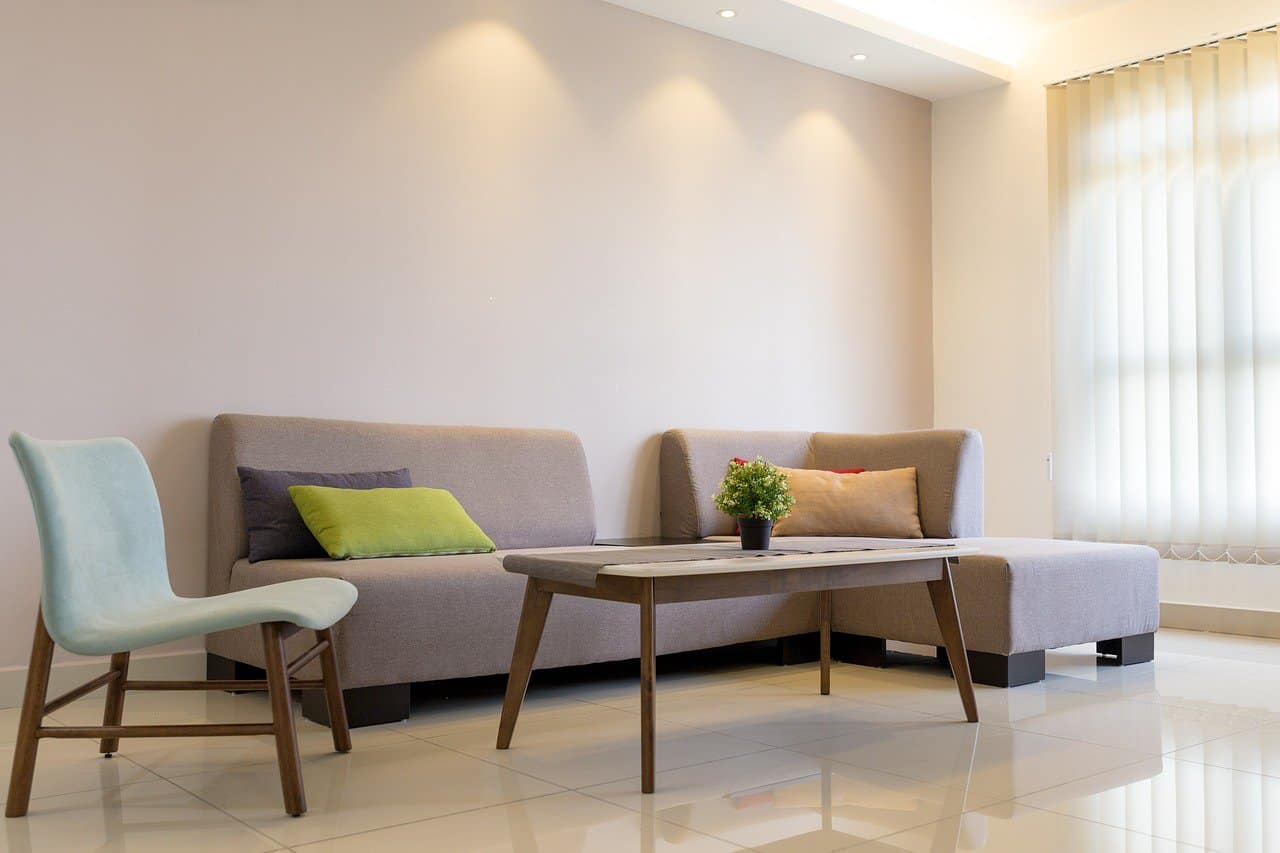 Transform your living space with the timeless charm and cosy texture of Nordic knitted cushions. Embrace the warmth and comfort they bring, creating a sense of Hygge in your home.
Transform your living space with the timeless charm and cosy texture of Nordic knitted cushions. Embrace the warmth and comfort they bring, creating a sense of Hygge in your home.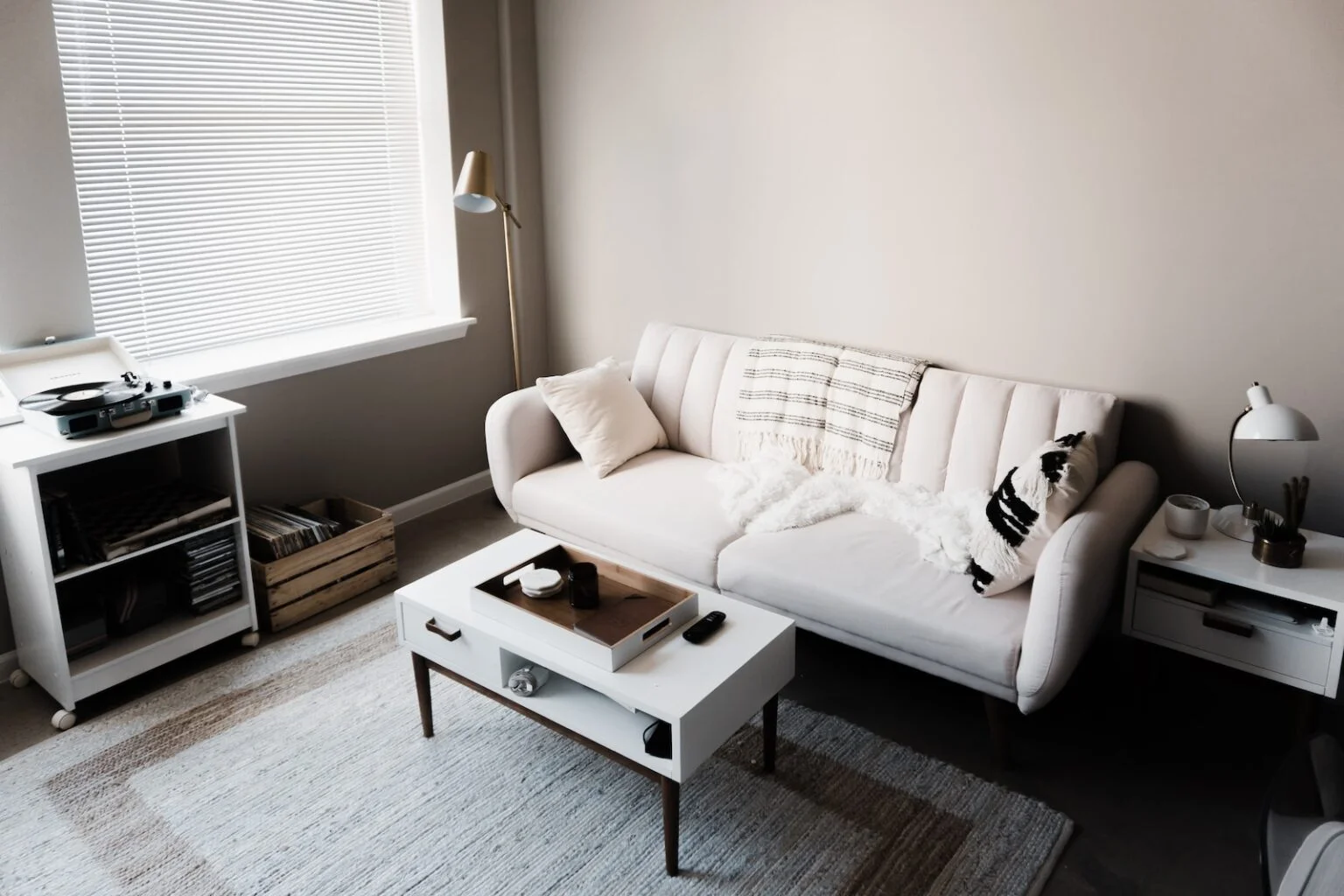

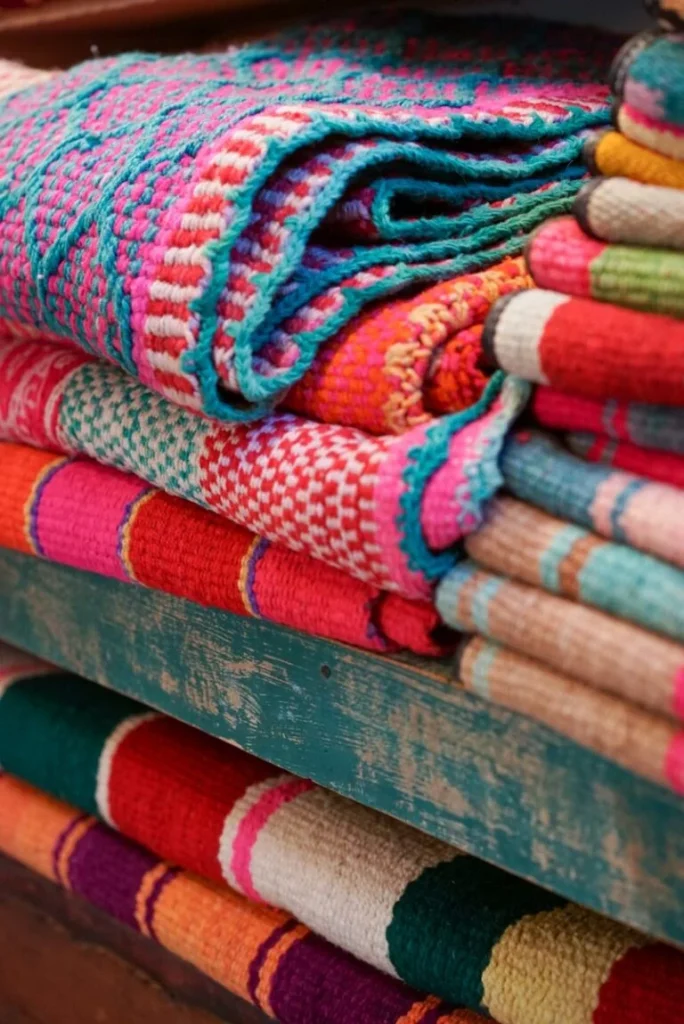

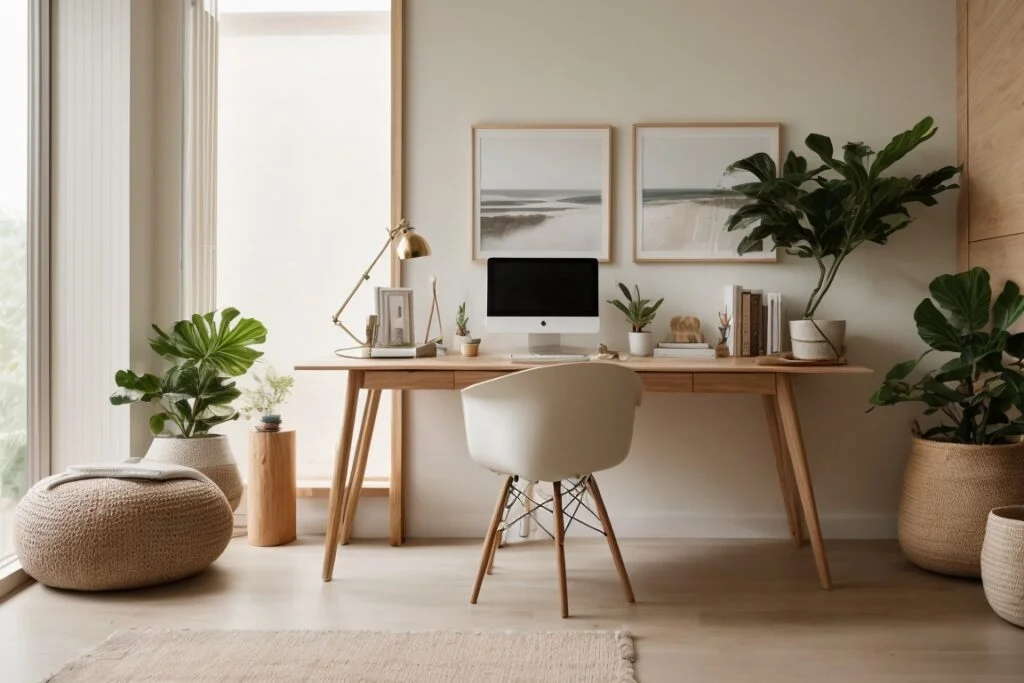


 With a focus on functionality and simplicity, Scandinavian furniture embodies the core principles of minimalist design. The clean lines and understated aesthetic of Scandinavian furniture are a result of its commitment to practicality and usability. Here are four key ways in which functionality and simplicity are fundamental to Scandinavian furniture:
With a focus on functionality and simplicity, Scandinavian furniture embodies the core principles of minimalist design. The clean lines and understated aesthetic of Scandinavian furniture are a result of its commitment to practicality and usability. Here are four key ways in which functionality and simplicity are fundamental to Scandinavian furniture: The use of natural materials and subdued colours enhances the minimalist aesthetics in Scandinavian design. Scandinavian designers often prioritise the use of materials that are simple, durable, and have a natural feel. Wood is a commonly used material in Scandinavian furniture, as it adds warmth and brings a sense of nature indoors. Light-colored woods, such as birch and pine, are popular choices for their light and airy appearance. These materials are often left untreated or finished with a clear lacquer to maintain their natural beauty.
The use of natural materials and subdued colours enhances the minimalist aesthetics in Scandinavian design. Scandinavian designers often prioritise the use of materials that are simple, durable, and have a natural feel. Wood is a commonly used material in Scandinavian furniture, as it adds warmth and brings a sense of nature indoors. Light-colored woods, such as birch and pine, are popular choices for their light and airy appearance. These materials are often left untreated or finished with a clear lacquer to maintain their natural beauty. To achieve a minimalist living space, one can incorporate Scandinavian furniture that embraces clean lines and functional design. Scandinavian furniture is known for its simplicity and functionality, which makes it a perfect choice for creating a minimalist living space. Here are four ways to create a minimalist living space with Scandinavian furniture:
To achieve a minimalist living space, one can incorporate Scandinavian furniture that embraces clean lines and functional design. Scandinavian furniture is known for its simplicity and functionality, which makes it a perfect choice for creating a minimalist living space. Here are four ways to create a minimalist living space with Scandinavian furniture:




 Despite the minimalistic approach, Scandinavian living rooms are known for their cosy and inviting atmosphere.
Despite the minimalistic approach, Scandinavian living rooms are known for their cosy and inviting atmosphere. One of the most appealing aspects of Scandinavian design is its clean and clutter-free look. Implement storage solutions to keep your living room organized. Closed cabinets and hidden storage options help maintain the minimalist feel.
One of the most appealing aspects of Scandinavian design is its clean and clutter-free look. Implement storage solutions to keep your living room organized. Closed cabinets and hidden storage options help maintain the minimalist feel.